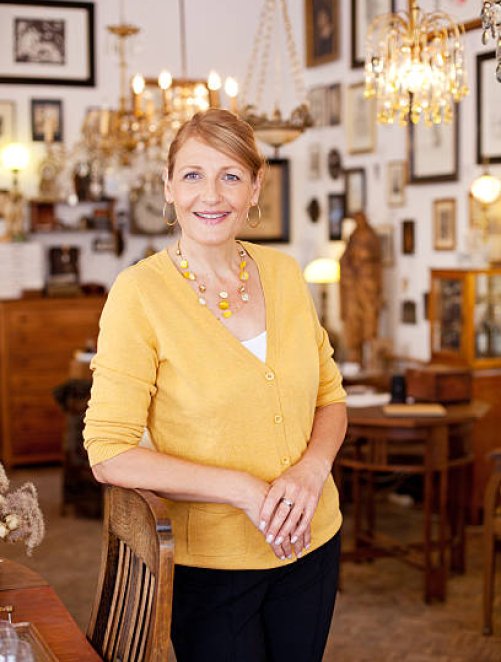Antique French Clock
Made in France probably 18th Century. Glass Globe 24" Tall, 12" Wide, 9.5" deep W/O Globe 22" Tall, 8" wide, 7.5" deep
Family in Massachusetts
Inherited
No


Hi David,
Thank you for sending your French clock into mearto for an appraisal. I will do my very best to help you.
MOST IMPORTANT TO UNDERSTAND ABOUT YOUR CLOCK IS THE FOLLOWING - Let me state at the outset that there is a difference between the Louis XVIth, 18th century, Lyre clock where the dial was actually a pendulum and dial combined, and the dial swung back and forth, and the Charles Xth era (1814-1830) where the dial appeared to hang on a gridiron pendulum but was fixed in place and a pendulum swung at the top behind the movement. In addition, such clocks were made later after the midpoint of the 19th century with short pendulums hanging behind the movement at the rear of the case......
TITLE:
Dore bronze with ormolu mounts, ebonized Lyre shaped , spring driven eight day time and striking 'Lyre' mantle clock on stand under glass dome, made in a Neo-Classical Louis XVIth style, unsigned, made in the second half of the 19th century. . .
The clock case itself measures 22" Tall, 8" wide, 7.5" deep and rests on ebonized oval wooden platform with a clear glazed dome serving as a dust cover. The frame of the clock is lyre shaped and constructed of Dore bronze and ebonized wood. The bottom of the lyre is wide and is ornamented with gilt rosettes under each arm of the lyre connected by a Dore bronze cast wreath of flowers and fruits. The dial is inset into this ‘U’ shaped base of the lyre and is fixed. Each arm of the frame is tapered and vasiform with ornate ormolu petals at the base of the pillars, ringed at the center and resembling Corinthian capitals at the top. A golden rod connects the two lyre arms at the top each ending with a gilt rosette. A large Dore bronze medallion at the top is cast with the figure of a charioteer in neoclassical form with the medallion further ornamented above with large foliate and floral gilt shapes. The lyre and dial rest on a tapered Dore bronze fluted pedestal, with rococo designed cast gilt moldings, broad horizontal ebonized base resting on dore bronze blobk feet cast with rosettes and foliate forms .
Dial Seven gilt rods extend down from the medallion at the top, acting as a faux grid-iron pendulum and inserting into round Dore bronze dial with lance leaf and beaded bezel, Arabic hours within white porcelain circular cartouche forms inset into a cast gilt rosette and foliate decorated dial with small rosette half hour markers, steel Breguet style hands and two winding apertures. The dial is unsigned. . .
Movement: This is round solid brass plate movement with the two plates pinned at the rear plate, countwheel striking mechanism in the upper left hands corner, a simple pendulum suspension (not a silk thread suspension) tends out from the upper back plate from which hangs a heavy and ornamental Empire type pendulum rod (this ornate pendulum would never be hidden behind the clock, but was always meant to be exposed. In the Charles Xth version such a pendulum would hang from the back of the medallion at the top of the case and swing behind the faux gridiron rods leading down to the dial. This movement was meant to have a short plain pendulum rod/bob swinging at the back of the movement, and this is what suggests a late 19th century replication of the French Lyre clock. The bell which is struck every half hour has been extended out behind the movement to provide adequate room for the large pendulum, which did not go with this particular clock. . .
Condition: Some parts of this case are earlier than others.The ornate pednulum rod is likely of the empire era circa 1830. The movement appears to be circa 1880. The ornate case is impossible to judge from these photos and may have been made anytime between 1820 and 1880. Having said all of that it is still a very impressive 19th century example of the Lyre form clock made in France. It is a very decorative piece of horology. {{It could use a plain short French pendulum rod behind the mvement. I would put away the Empire pendulum rod and bob}} . .
It was my pleasure to be of service to you today.
My fair market appraisal is based on actual recent past comparable sales recorded at auctions of similar French 19th century lyre clocks. With its present penulum and extended bell I have assigned a value of $2000-$2500 to it. Retail "asking prices" can, of course, be significantly higher and vary.
Best regards,
David









